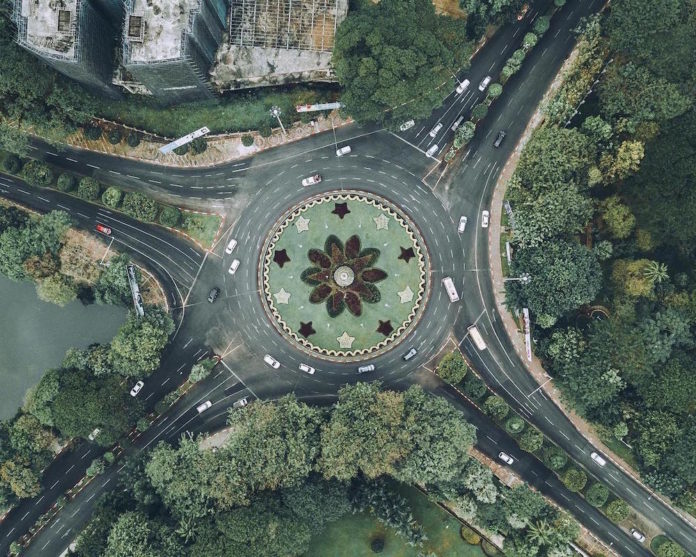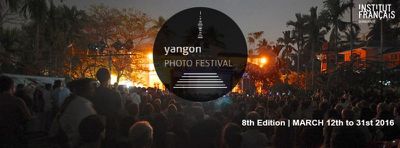posted on
Yangon - heritage buildings restoration projects for 2019

Report from Myanmore on how heritage buildings in Yangon are being rebuilt for the future.
While many of the heritage buildings across Yangon are left to face the elements and become evermore damaged, a select few are undergoing intense restoration processes to restore their former grandeur and make them fit for purpose once more. Issy D’Arcy Clark digs through the rubble to get an exclusive look at three of Yangon’s most exciting restoration projects for 2019.
A short overview of the three projects follows - please read full article on Myanmore:
The Pegu Club
The glory days of The Pegu Club, found on the corner of Zagawar Street and Pyay Road, were marked by hosting the likes of English writers Rudyard Kipling and George Orwell, as well as royalty including the then- Prince of Wales Edward VIII and Shan Princess Sao Ohn Nyunt. Completed in 1882 for British army officers to enjoy, The Pegu Club was once one of the most notorious clubs in South East Asia but had stood derelict for 53 years until it was officially taken over in June 2017 by the KT Group. After nearly two years of intense work, the doors of The Pegu Club were finally reopened in December 2018.
Today the Club will host private events in their seven different areas, including three indoor event spaces, an al-fresco courtyard, as well as three more outdoor venues in the surrounding gardens. Of these, the 284-square metre Prince of Wales Great Hall has an especially impressive history, as it was purpose-built in 1921 to host Edward VIII during his visit to Myanmar. Today, it will host up to 120 guests.
Since there was no blueprint of The Pegu Club existing, KT Group enlisted the help of The Beaumont Partnership, an international design studio based in Bangkok who specialize in conservation and hospitality, to measure and document the area in minute detail. “Together we conducted a Conservation Management Plan, guided by the Yangon Heritage Trust, that studied every inch of the site from many angles – historical, architectural and social impact,” explains Ms. Kyaw Thaung.
The New Law Courts – Rosewood Yangon
A mammoth undertaking, the restoration of the 5-storey New Law Courts on Strand Road is currently underway to transform the building into hotel, tipped to partially open towards the end of this year. Originally, Switzerland’s Kempinski Group were at the helm of the project however in June 2018 it was announced that Rosewood Hotels & Resorts would be taking over, owned by Prime Residence, a partnership with Thailand’s Kanok Furniture and Decoration of Thailand and Myanmar’s Jewellery Luck Group of Companies. Leading the project is Supalak Foong, the Managing Director of Prime Residence who explains; “I want to be part of how to preserve Yangon.”
After the Old Law Courts were damaged during an earthquake, the architect Thomas Oliphant and Doorman Long UK, the engineers behind the iconic Sydney Harbour Bridge, were commissioned to build a replacement. Completed in 1927, the New Law Courts were a revelation at the time as the first building in Myanmar built with a steel structure, as well as being the first to have electricity and a lift. Later, during the Japanese occupation of Myanmar, the building was briefly taken over by the Kempetai, the Japanese military police, before being used as the Police Commissioner’s office. It was then returned to its original purpose and used to house The Rangoon Division Court until 2012.
The Tourist Burma Building – Turquoise Mountain
Established in 2006, Turquoise Mountain started in Afghanistan restoring damaged buildings and founding the Institute of Afghan Arts and Architecture. After expanding to Myanmar, the Turquoise Mountain team originally cut their construction teeth on a restoration project on Merchant Street that started in 2015. As the building was currently occupied with residents, the team wanted to work around them to ensure that they didn’t have to move out – even when they took the roof off.
After the success of that project, the Turquoise Mountain team were commissioned to begin work on the Tourist Burma Building, with the Yangon Regional Government funding the project. The building was deemed a priority due to its location near Sule Pagoda and the town centre. Originally named Fytche Square Building when it was built in 1905, the building became one of Myanmar’s first locally owned department stores, the Burmese Favourite Company. Later, in 1947, it was taken over by the Ministry of Hotels and Tourism, giving rise to its current name. Having stood derelict since 2005, the Turquoise Mountain team started their restoration in November 2017 and are scheduled to finish in mid-2019.
MYANMORE started in November 2012 as an event calendar and has since then developed into a leading English–language lifestyle and entertainment platform, creating great content and experiences to visitors and residents of Yangon through digital and print mediums. We see ourselves as creative pioneers, leading the way in creating high quality content and experiences for residents and visitors of Yangon.
Similar content
posted on
posted on
posted on
posted on
posted on
posted on




